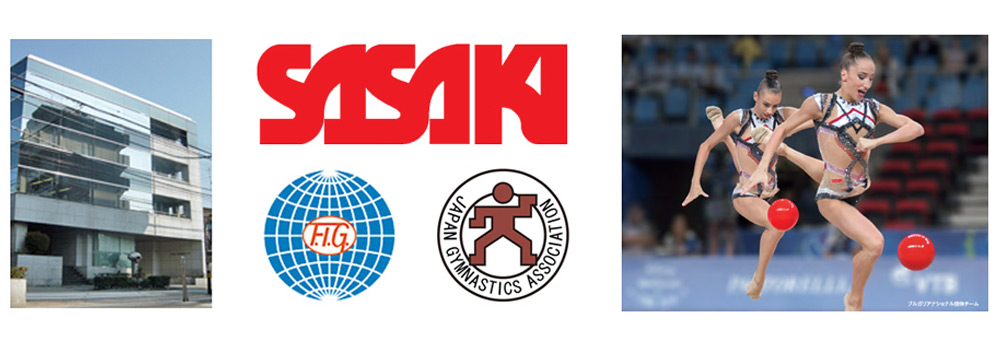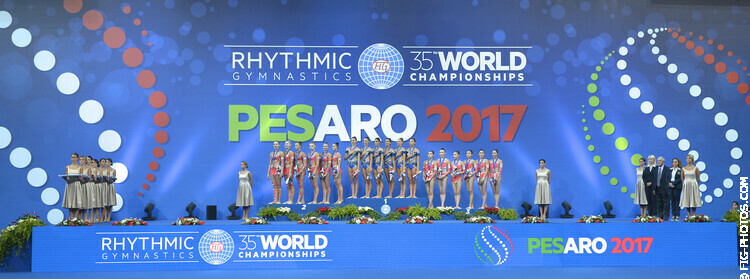Product added to cart


In this post, we will answer the following questions:
Rhythmic Gymnastics is a versatile sport that combines dance, calisthenics, and gymnastics. It is performed using various equipment such as hoops, balls, clubs, ropes, or ribbons. It is vital for athletes participating in FIG sanctioned competitions to use only FIG certified equipment.
Using non-FIG certified Rhythmic Gymnastics equipment can result in disqualification of the team.
We understand that it can be challenging, even confusing, to find genuine FIG-approved Rhythmic Gymnastics equipment. That is why we’ve created this complete guide. It covers everything you need to know—what equipment is used, their features, how to identify whether it’s FIG-approved or not.
The FIG lists six hand apparatuses for Rhythmic Gymnastics:
FIG stands for Fédération Internationale de Gymnastique. It is also known as the International Gymnastics Federation. Based in Lausanne, Switzerland, it is the governing body for gymnastics worldwide. As such, it regulates and sets the rules for all official competitions for Rhythmic Gymnastics and all other types of gymnastics. One of the many things that the FIG does is set standards for the apparatuses used during competitions.
Brands that sell Rhythmic Gymnastics equipment for competition purposes need to be FIG approved. After earning the FIG certificate, brands can then affix a “FIG-approved” logo onto their equipment.
The four main brands that make FIG-approved equipment are SASAKI and CHACOTT from Japan and PASTORELLI and VENTURELLI from Italy. Athletes use equipment from all four brands during individual and group competitions, but SASAKI seems to be the preferred brand for athletes in recent years.
SASAKI is a Japan-based sports equipment manufacturer. Over the years, SASAKI has grown from being the official brand for the Bulgarian team to teams from other countries as well. During the last Tokyo 2020 Olympics, several teams proudly sported equipment from SASAKI.
With almost 50 certified references, SASAKI has the largest FIG-approved catalog among all brands.
That's an easy one because, well... the logo will be on the product! All FIG-certified Rhythmic Gymnastics equipment must have the “FIG-approved” logo on them. The latest requirement is that the logo should be fixed (removable stickers are not allowed anymore) so avoid purchasing equipment with the old removable stickers.
If you’re unsure what the official “FIG-approved” logo looks like, we’ve included a picture:
When you buy from us at NISHOHI, you do not need to worry about sub-standard equipment or non-FIG-approved apparatus as we sell only original, certified SASAKI products - each with the genuine, latest, “FIG-approved” seal.
For SASAKI, all FIG-approved products have a model name that ends with "-F". For example, an "M-207M-F" ball will be FIG certified but an "M-21C" will not. An "MJ-715-F" ribbon is FIG approved but an "M-714" is not. So that's the meaning of the "-F" at the end of SASAKI model names.
When you’re purchasing competition-worthy apparatus, please check for the “-F” at the end of SASAKI model names.
For each of the hand apparatuses, here are the requirements from the FIG:
For the cane:
For the fixture (swivel):
To learn more about FIG's rules, you can visit FIG's website here: https://www.gymnastics.sport/site/rules/.